Ponds, Algae and Copper Sulfate
whitecloudfarm
17 years ago
Featured Answer
Comments (20)
Maggie_J
17 years agoMaggie_J
17 years agoRelated Professionals
Concord Landscape Contractors · Duarte Landscape Contractors · Forest Hills Landscape Contractors · Hoffman Estates Landscape Contractors · Plantation Landscape Contractors · Raleigh Landscape Contractors · San Rafael Landscape Contractors · Tewksbury Landscape Contractors · Vashon Landscape Contractors · West Chicago Landscape Contractors · Fallbrook Fence Contractors · Tempe Fence Contractors · Batavia Decks, Patios & Outdoor Enclosures · Cincinnati Decks, Patios & Outdoor Enclosures · Kissimmee Decks, Patios & Outdoor Enclosuresbulldinkie
17 years agojohanna_h
17 years agoshotty66
17 years agoacorn
17 years agovancleaveterry
16 years agoBeeone
16 years agopamghatten
16 years agorunningtrails
16 years agosandy0225
16 years agobrendan_of_bonsai
16 years agojeffk50
13 years agoseramas
13 years agobrendan_of_bonsai
13 years agodogmartin_yahoo_com
13 years agoroticomontgomery_gmail_com
12 years agoSherwood Botsford (z3, Alberta)
12 years agoRebeccaMack
9 years ago
Related Stories
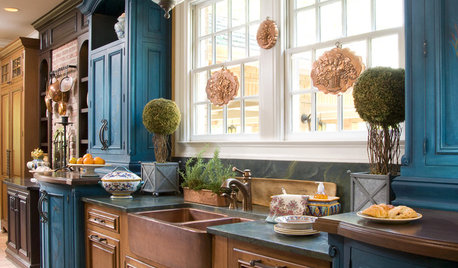
KITCHEN DESIGNKitchen Sinks: Antibacterial Copper Gives Kitchens a Gleam
If you want a classic sink material that rejects bacteria, babies your dishes and develops a patina, copper is for you
Full Story
LANDSCAPE DESIGNNatural Swimming Pools: More Beauty, No Chemicals
Keep your skin and the environment healthy with a pool that cleans itself, naturally
Full Story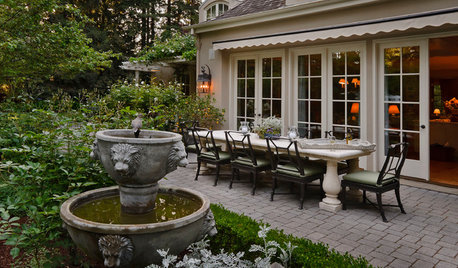
OUTDOOR ACCESSORIES10 Fountains to Bring Your Garden to Life
Water elements can be a dynamic focal point in your outdoor room
Full Story
EARTH DAYGrow a Beautiful Garden With Ecofriendly Greywater
Reducing home water waste means lower bills and a healthier planet. Here's how to set up a greywater home irrigation system that can help
Full Story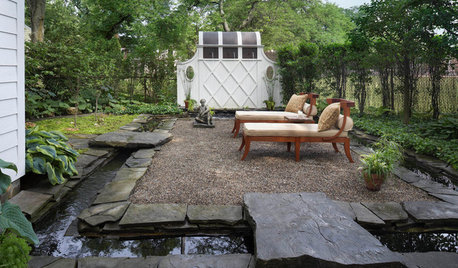
PATIO OF THE WEEKKoi Glide Around a Tranquil Garden's Moat
This idyllic retreat combines lush plantings, statues and moving water for a serene backyard scene
Full Story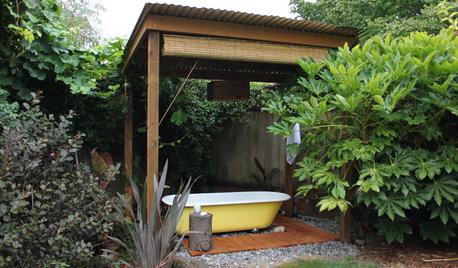
GARDENING AND LANDSCAPINGWhy Is There a Bathtub in the Backyard?
Nope, it's not waiting for bulk trash pickup. These days outdoor tubs are serving soakers, beer drinkers and even the fishes
Full Story
GARDENING AND LANDSCAPINGPorch Life: Banish the Bugs
Don't let insects be the bane of your sweet tea and swing time. These screening and product ideas will help keep bugs at bay on the porch
Full Story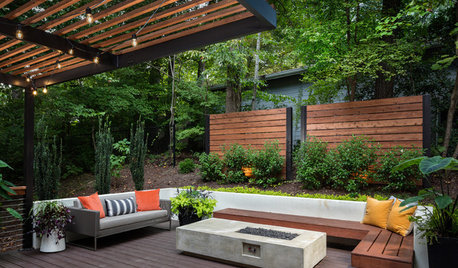
GARDENING AND LANDSCAPING8 Rot-Resistant Woods for Your Outdoor Projects
No need for chemical treatments on your deck or pergola. These woods stand up to weather, insects and time beautifully on their own
Full Story
GREEN BUILDINGConsidering Concrete Floors? 3 Green-Minded Questions to Ask
Learn what’s in your concrete and about sustainability to make a healthy choice for your home and the earth
Full Story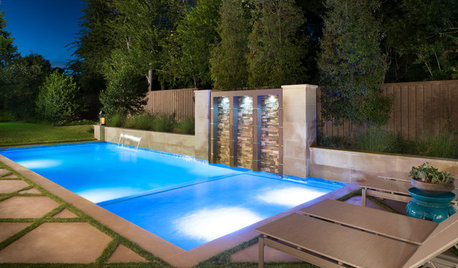
GREAT HOME PROJECTSHow to Replaster (or Remodel) Your Pool
Have an old pool? It could be time to update the plaster, landscaping and more for a pool that works swimmingly with your current style
Full Story





lucky_p